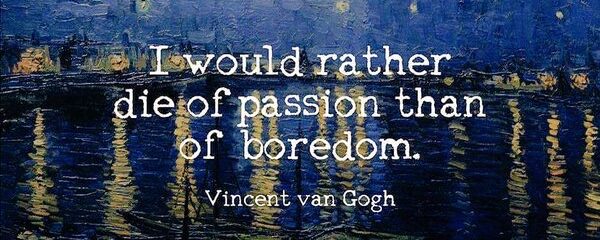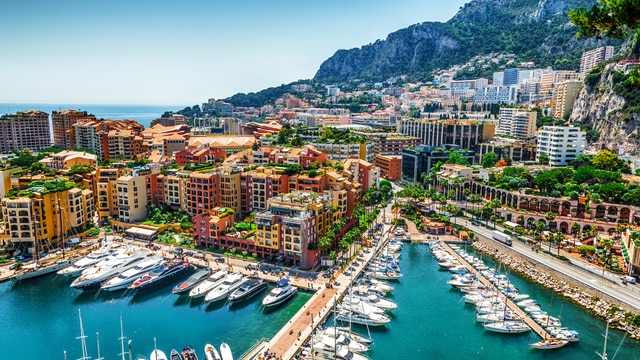
Photo by Google
We have 21 races in the year and Monaco is the one that you want to win. Lewis Hamilton
Monaco officially the Principality of Monaco is a sovereign city-state and microstate on the French Riviera close to the Italian region of Liguria, in Western Europe. Bordered by France to the north, east and west, it is lapped by the Mediterranean Sea to the south. With an area of 2.1 km2 (0.81 sq mi), it is the second smallest sovereign state in the world, after Vatican City. Its 19,009 inhabitants per square kilometre (49,230/sq mi) make it the most densely-populated sovereign state in the world. Monaco has a land border of 5.47 km (3.40 mi) and the world’s shortest coastline of approximately 3.83 km (2.38 mi); it has a width that varies between 1,700 and 349 m (5,577 and 1,145 ft). The highest point in the state is a narrow pathway named Chemin des Révoires on the slopes of Mont Agel, in the Les Révoires ward, which is 161 metres (528 feet) above sea level. The principality is about 15 km (9.3 mi) from the border with Italy. Its most populous ward is Larvotto/Bas Moulins with a population of 5,443 as of 2008. Through land reclamation, Monaco’s land mass has expanded by 20 percent. In 2005, it had an area of only 1.974 km2 (0.762 sq mi). The principality is governed under a form of constitutional monarchy, with Prince Albert II as head of state. Although Prince Albert II is a constitutional monarch, he wields immense political power; the Minister of State is the head of government. The officeholder can be either a Monégasque or French citizen; the monarch consults with the Government of France before an appointment. The House of Grimaldi has ruled Monaco, with brief interruptions, since 1297. The state’s sovereignty was officially recognised by the Franco-Monégasque Treaty of 1861, with Monaco becoming a full United Nations voting member in 1993. Despite Monaco’s independence and separate foreign policy, its defence is the responsibility of France. However, Monaco does maintain two small military units.
























